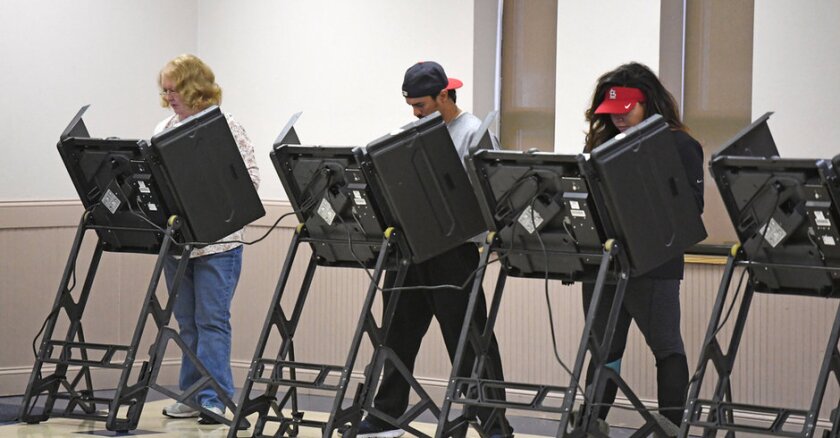And when it comes to topics like ransomware, nation-state hacking, online fraud, phishing attacks and data breach reporting, that “across the aisle” consensus is still very strong. Indeed, the recent Cyber Incident Reporting Act, signed by President Biden in March, enjoyed widespread Republican Party support. The U.S. House of Representatives approved the legislation with a huge majority, and the Senate unanimously approved it after failing to pass similar legislation in recent years.
But when the topic of election security surfaces, political disagreements quickly escalate. There are many reasons for this, includingheated battles around election security since the 2016 presidential election. There have been new twists and turns in most states over the past few years, with different opinions that often fall along political lines regarding the processes used for previous elections. Also, new emergency voting rules and procedures that were put in place during the pandemic became hotly contested political debates. Should these procedures continue for the 2022 midterm elections?
With a growing left/right divide over the sense that the other side is acting in unfair ways that undermine election integrity, there is an urgent need to come together on election security to build societal trust.
Many of the arguments around election integrity involve local voter identification laws, absentee ballots, drop box availability and other voting process issues that are being decided state by state and by various courts. These tensions will certainly continue for years in the form of political debates in state legislatures across the country. No doubt, many people will be happy and others not so happy with the resulting election process changes in their jurisdiction.
But we can, in my opinion, still find common ground on other security matters, such as the reliability of voting machines, susceptibility of technology (including voter rolls) to hacking, and steps that can be taken to ensure that legal processes are being followed and enforced fairly nationwide.
Election Cybersecurity Steps for All
So what can be done that both sides should agree on regarding election security as we head into the 2022 midterms?
First, we need to move faster to ensure paper ballots are available for 100 percent of elections and remove paperless voting machines. Previous elections have shown that paper choices can be easily verified by voters. Paper ballots also facilitate post-election audits, so election workers can check the paper records against electronic vote totals to confirm that voting machines are working correctly.
Second, election officials and wider government organizations need to ensure that they are following the Shields Up direction provided by the Cybersecurity and Infrastructure Security Agency for all of their critical infrastructure protection against cyber threats.
Third, government officials need to provide more transparency regarding what they are doing to ensure election integrity and security in alignment with the law. A great example to be followed is Santa Clara County, Calif.’s Election Administration Security and Integrity White Paper released in May 2022. This excellent report offers information on county procedures and processes, security infrastructure and partnerships, voter data information, information on voting centers, voting by mail, post-elections processes, and much more. While there will no doubt be people who disagree with actions they are taking, the openness is a great start to building voter trust.
Fourth, security partnerships with the private sector, other government peer entities and the Elections Infrastructure Information Sharing and Analysis Center are key. Utilizing industry best practices to protect and monitor elections will help build trust.
And finally, communicate, communicate, communicate. Help your community understand that you are doing everything possible to ensure elections are secure and legal processes are followed with integrity.
Government Technology is a sister site to Governing. Both are divisions of e.Republic.
Related Articles












